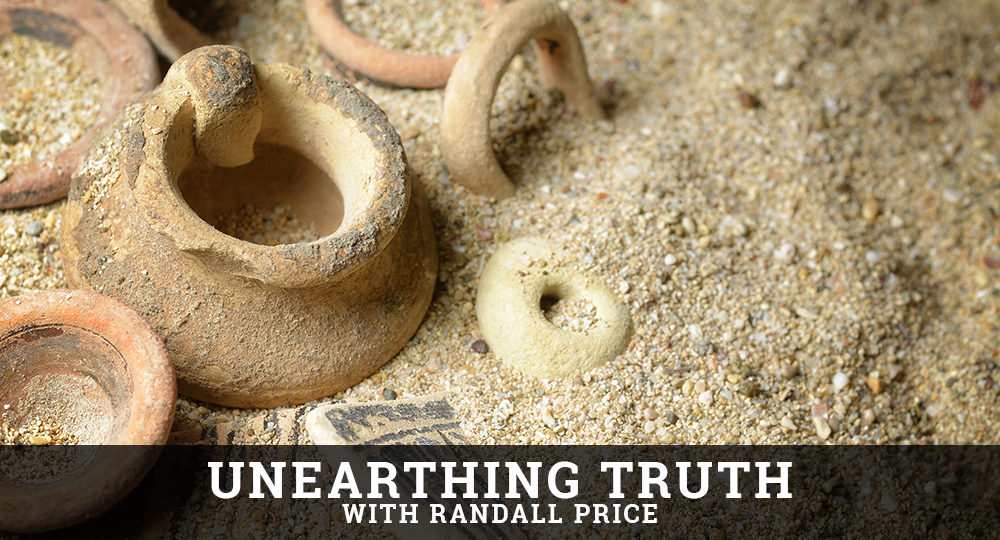Why Animal Sacrifice?
In our modern world, many condemn animal sacrifice. In Florida, a religious group was sued for practicing it. The plaintiff defined sacrifice as “to unnecessarily kill, torment, torture, or mutilate an animal in a public or private ritual or ceremony not for the primary purpose of food consumption.”1 But the U.S. Supreme Court upheld the ritual based on the First Amendment’s Free Exercise Clause pertaining to the right of U.S. citizens to freely practice their religion.
In ancient Israel, animal sacrifice was commanded, not condemned. The practice goes back to humanity’s first family (Gen. 4:3–4) and became an essential part of national Israel’s worship of God (Ps. 96:8). Often, people who read about the sacrificial system in both the Old and New Testaments ask, “How can God condone the killing of animals?” Yet, sacrifice as the way to God was prescribed and described in detail (Lev. 1—10). Jesus condoned it (Mt. 5:23; 8:4; Lk. 5:14), and the apostles observed it (Acts 3:1; 21:26).
In fact, all civilizations have practiced animal sacrifice:
Sacrifice is not a phenomenon that can be reduced to rational terms; it is fundamentally a religious act that has been of profound significance to individuals and social groups throughout history, a symbolic act that establishes a relationship between man and the sacred order. For many peoples of the world, throughout time, sacrifice has been the very heart of their religious life.2
To understand why all cultures and religions have practiced sacrifice, we must review biblical history. The first sacrifice took place in the Garden of Eden and was performed by the LORD Himself (Gen. 3:21). Although the text merely says, “The LORD God made tunics of skin, and clothed them [Adam and Eve],” it implies animals were killed.
Because the first mention of an offering appears in the next chapter without explanation, we must assume God explained the innocent animal’s life served as a substitute for a guilty human life. Since God initiated this practice, it was to be observed thereafter as a recognition of sacrificial atonement.
After the universal flood, Noah’s first act after leaving the ark was to sacrifice animals (8:20). Archaeology is replete with altars, incense burners and stands, incense shovels, and libation vessels. Stone reliefs and murals often depict worshipers bringing offerings, and cuneiform inscriptions speak of sacrifices to the gods.
Historically, the world’s diverse cultures and religions started with Noah’s sons Shem, Ham, and Japheth (chap. 10) and retained the central ritual of animal sacrifice despite the different belief systems that developed.
How could God condone killing animals? Because He had a greater purpose: the redemption of humanity. After Adam and Eve admitted their guilt (3:10–13) and God sentenced them to physical death and exile from His presence (vv. 14–24), He forgave their sin and restored them to Himself. His justice required that they suffer discipline, but His love graciously provided the basis for their salvation—a substitute that would be condemned and punished in their place.
Although the Lord certainly cares for the animals He created (Ps. 147:9; Prov. 12:10), they lack eternal souls. Only humans possess souls that will live forever in heaven or hell (Eccl. 3:21; Mt. 10:28). Only humans sin (Rom. 5:12), and only humans need atonement (Ex. 32:30).
Consequently, the Lord allowed animals to die in the place of people, providing those people understood the sacrifice was payment to God for their sin. The ultimate sacrifice was the Messiah of Israel (Isa. 53:5–6), whose blood is efficacious for everyone, Jew or Gentile, who comes to God by faith.
ENDNOTES
-
-
- Hialeah, Florida City Council Ordinance 87–52, as cited in Henry Mark Holzer, “Contradictions Will Out: Animal Rights vs. Animal Sacrifice in the Supreme Court,” animallaw.info (tinyurl.com/y5gwbq2k).
- Robert L. Faherty, “Sacrifice In The Religions Of The World,” Encyclopedia Britannica, (tinyurl.com/y5mmxs9q).
-








